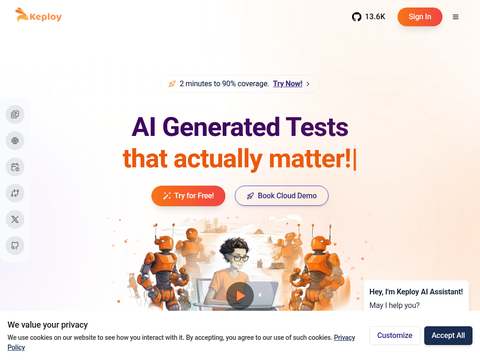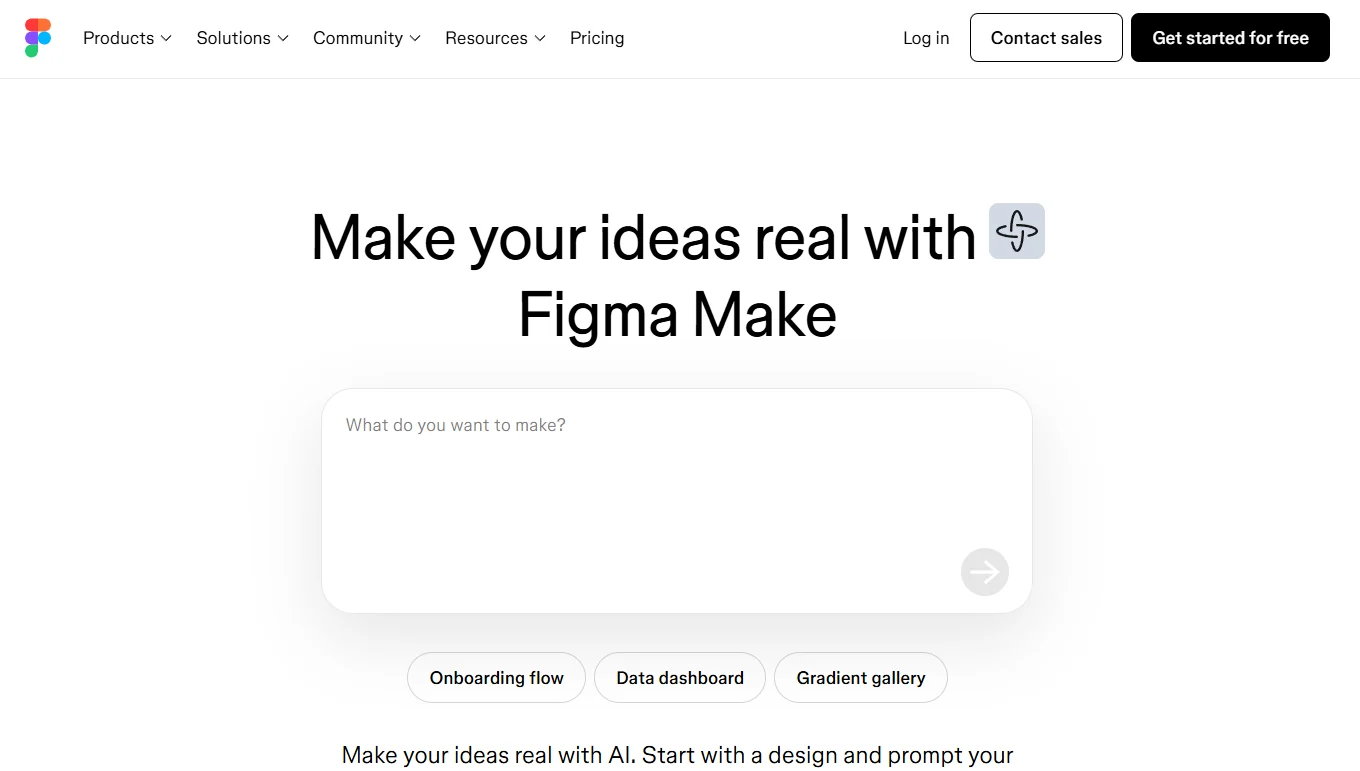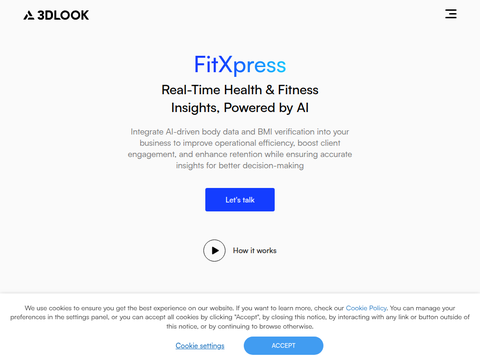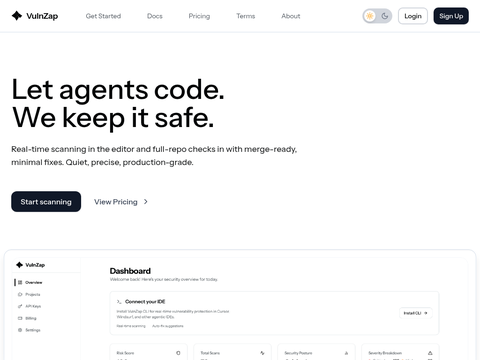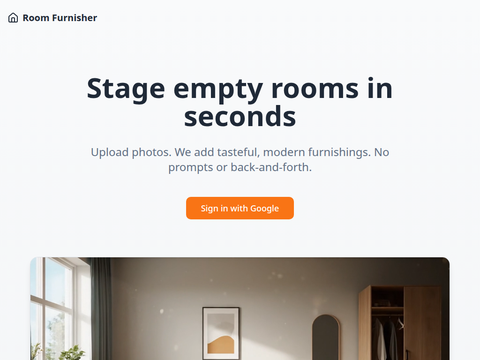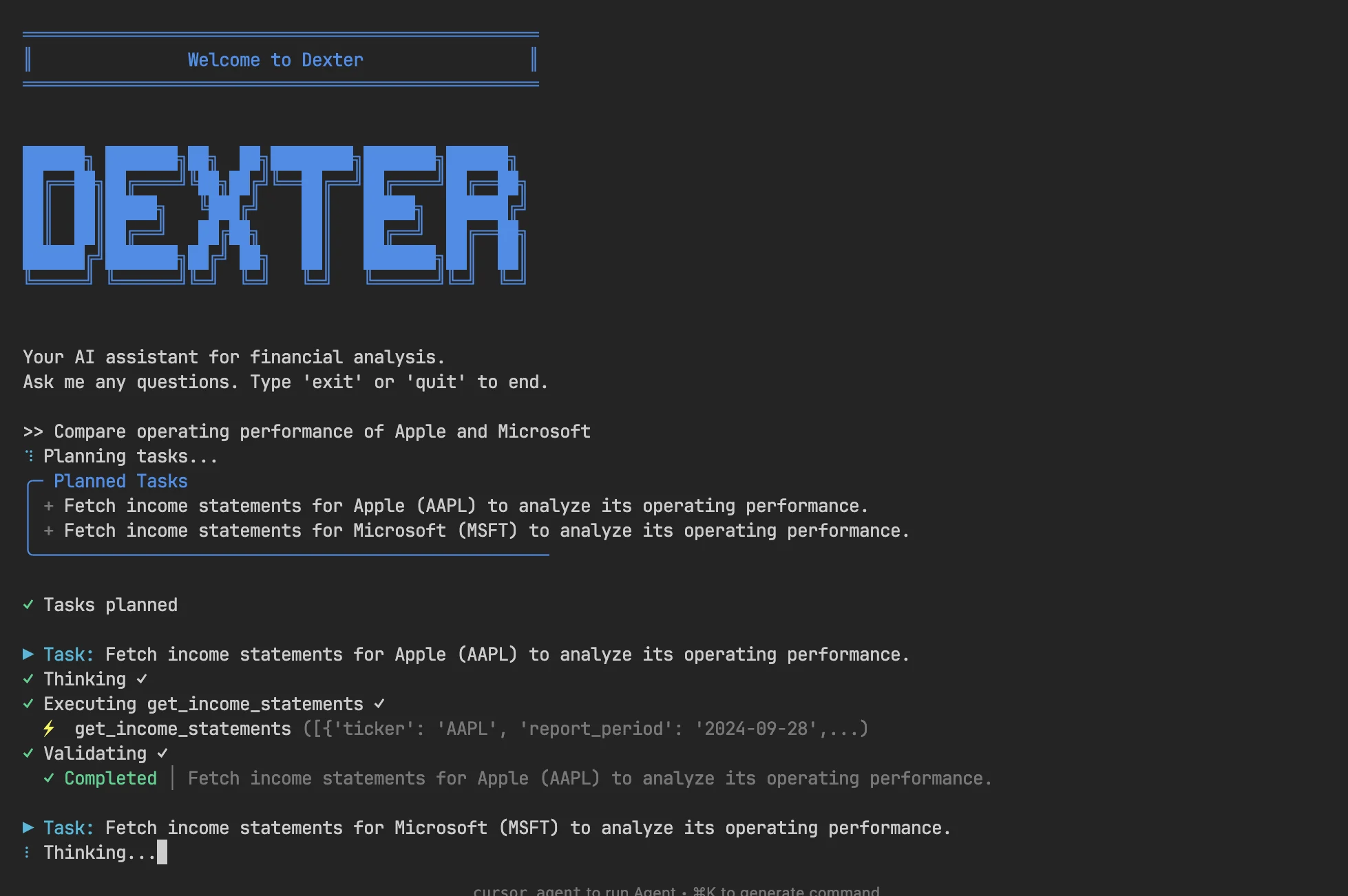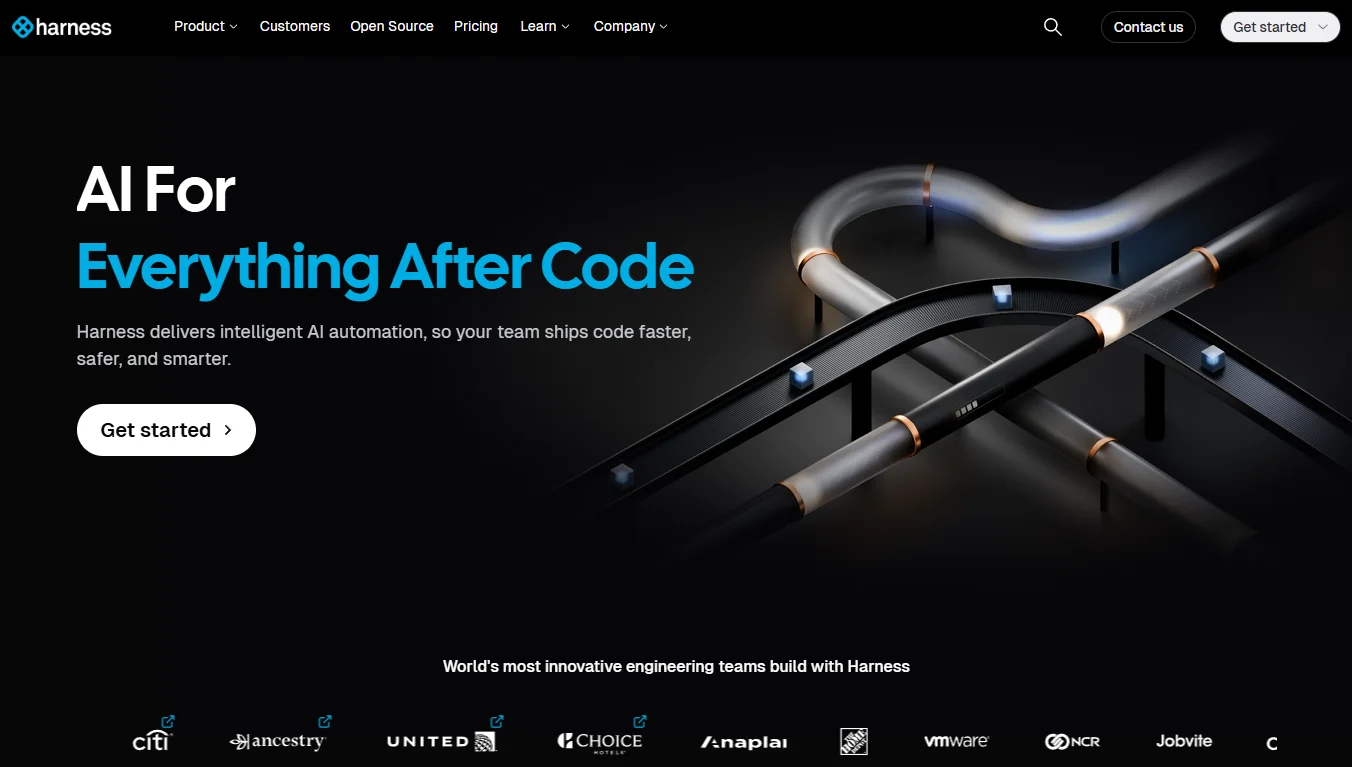An LLM agent refers to an AI system capable of taking autonomous actions to achieve specific objectives. In practical applications, the agent can break down user requests into multiple steps, utilize knowledge bases or APIs to obtain data, and then integrate the information to produce the final response. This makes agents more powerful than single chatbots - they can automate complex workflows by coordinating multiple actions (e.g., travel booking, report generation, code writing).
To use an analogy, an LLM agent is like a digital assistant with plugin access: it can use its internal knowledge for reasoning while taking actions through external tools. For instance, a planning agent might determine the required actions, a memory module can track completed or learned tasks, while tools (such as database queries or APIs) provide real-time data. This modular design enables agents to handle complex tasks that a single LLM cannot accomplish, making them highly valuable for developers automating workflows or building "super" assistants.
Agent-to-Agent (A2A) and Multi-Component Prompting (MCP) are two complementary frameworks for constructing such agents. Conceptually, MCP serves as a universal connector (or "USB-C port") between agents and external tools. In contrast, A2A functions like network cables connecting multiple agents so they can collaborate. It provides an open protocol for inter-agent communication: agents publish their capabilities, send tasks to each other through a common interface, and share outputs. Both aim to extend regular LLMs but at different scales and levels.
Let's examine how they work and compare them.
Understanding Model Context Protocol
MCP is an open standard protocol (introduced by Anthropic) that allows LLM-based applications to access external data and tools in a unified manner. It divides this interaction into three roles: host (LLM application interface), client (embedded connector), and one or more servers (tool providers). For example, a host application (such as a chat UI or IDE) contains an MCP client that maintains connections with external MCP servers. Each server implements one or more tools (functions, APIs, or resource streams). When an LLM needs to take action - such as querying a database or calling Slack - the client forwards the request to the appropriate MCP server, which executes the action and returns the result.
The core idea is to abstract away the M×N integration problem. Before MCP, developers had to write custom code for each model-to-API link. With MCP, tools self-describe their inputs and outputs, so any MCP-compatible model can use them without glue code. In practice, an agent (LLM) receives a list of available tools or prompts/templates guiding when to use them. Then it can invoke tools in structured workflows:
Understand → Plan → Validate → Refine → Act
This resembles a chain-of-thought pipeline: the LLM plans a strategy, checks its reasoning, and executes the final step through tools. For example, a travel-planning agent using MCP might parse "plan a week in Japan" and identify needed tools (flight API, hotel search). It then queries these APIs through MCP servers, checks consistency (e.g., date alignment), adjusts as needed, and finally outputs the booked itinerary. In code, this might look like adding a "Google Flights" MCP server and a "Hotel Finder" MCP server; the agent's prompt would include their interfaces to call them when needed.
Image Source: Salesforce Devops
What is the Agent-to-Agent Protocol?
A2A is a new open protocol (introduced by Google in 2025) that allows multiple AI agents to discover, communicate, and collaborate with each other. In an A2A system, each agent is an independent service with its own capabilities. Agents expose a network endpoint implementing A2A and a public "agent card" (JSON metadata in /.well-known/agent.json) describing its name, skills, endpoint URL, and authentication information. When an agent needs something, it can discover another agent by retrieving its agent card, then send a "task" request via HTTP/JSON-RPC. The protocol and libraries handle security, long-running jobs, and complex data formats in the background. Key A2A concepts include:
- Agent Card: A small JSON file advertising the agent's capabilities (e.g., "can schedule meetings" or "analyze finances") and endpoints. Agents regularly publish or register these cards so others can find them (e.g., through directories or

